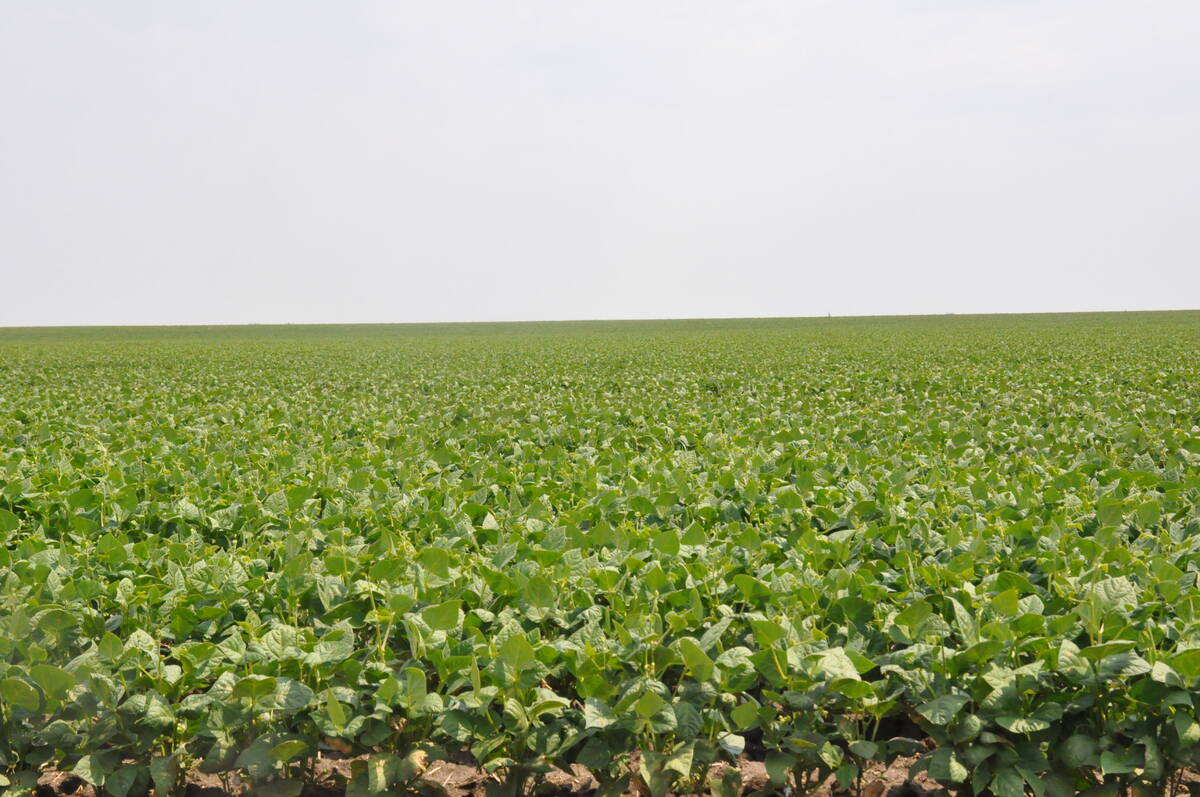Krissy Bush is looking for a few good sage grouses.
The PhD student in the University of Alberta’s biology department is hoping to collect tail feathers of sage grouses hunted in Alberta and Saskatchewan before 1996.
These specimens from private taxidermy collections will be compared with more recent samples to determine if the bird’s genetic diversity is in decline.
That’s important to the future of this endangered species, she said.
“Once genetic diversity decreases, it keeps decreasing and compounds its effects.”
Bush said a decline in genetic diversity often leads to inbreeding, genetic disorders and reduced populations.
Read Also

Coloured bean production down, whites are up
Bean prices have been slumping and the outlook is for more of the same.
To dilute some of these effects, birds with different gene pools would need to be introduced into the Canadian population from more stable ones in unsettled areas of Montana.
The establishment of more protected habitat like the national grasslands park in Saskatchewan would also help, she said.
Bush said the birds’ numbers started to decline in the mid-1960s and the breed has been most affected at the edges of its range in southeastern Saskatchewan and southwestern Alberta.
She blamed oil and gas exploration, farming and human disturbance of their habitat for the decline.
The turkey-sized grouse, which feeds on silver sage bush, is among the largest game birds in North America.
The grouses are known for unusual mating habits that include the displays of pointed tailed males lining up to be selected by females.
For more information, go to www.producer.com and type “sage grouse” in the go box.














